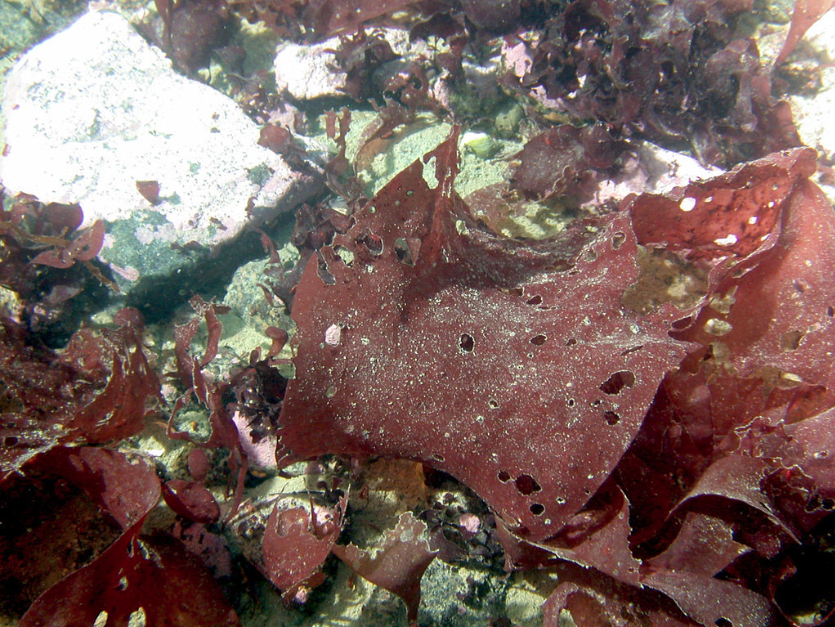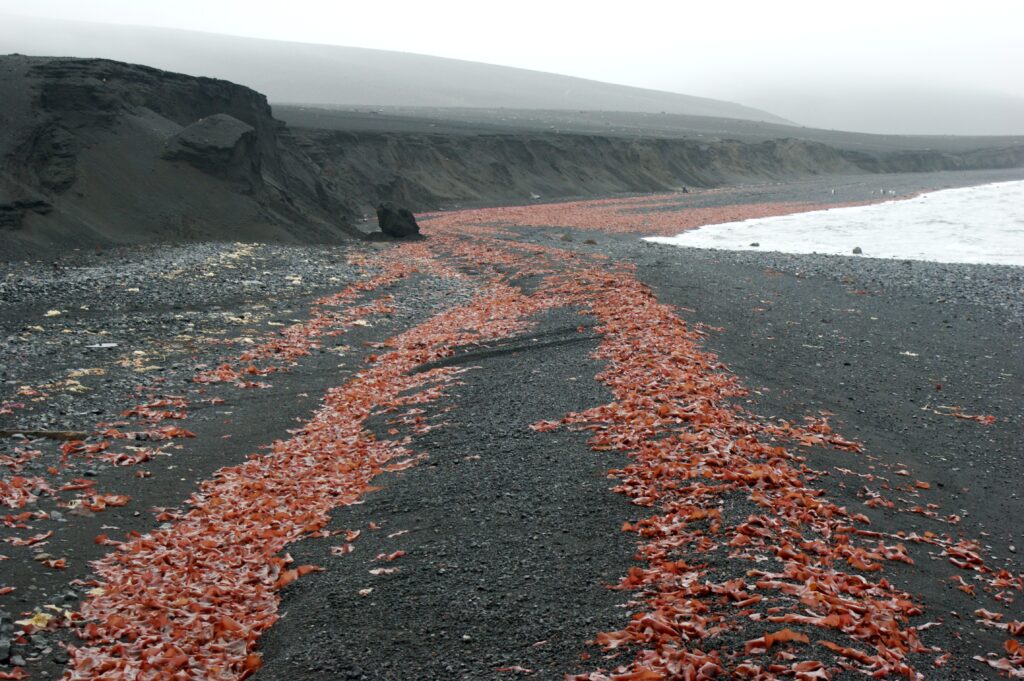Antarctic seaweed found at record depths
A shocking discovery in Antarctica
A team of researchers from the UK and Greece have discovered seaweed growing 100 metres below sea level, in the icy waters of Antarctica. The UK Natural Environment Research Council set out to confirm the maximum depth at which seaweed can grow in Antarctica, and using a remote operated vehicle (ROV), they found Palmaria decipiens – Austral dulse – growing 100m below the surface, far deeper than originally thought.
This discovery is important not only for furthering our understanding of Antarctica, but also in the fight against climate change. Professor Frithjof Kuepper explained: “We know that carbon capture will be crucial to limiting global warming as we move forward, and seaweeds sequester large amounts of CO2. Seaweeds have the potential to play a huge role in protecting the environment by storing carbon at the bottom of oceans when they die and reducing ocean acidification.”
Ben Robinson, of the British Antarctic Survey and University of Southampton added that seaweed normally found at these depths are remnants of shallower-growing species that were dislodged by icebergs. “Icebergs scour and remove seaweed from the shallows, leading to lots of loose seaweed at depths where it is no longer


attached to the seafloor” he commented. But, by using the ROV, the team were able to confirm that the seaweed they discovered was anchored to the seabed, with the holdfast in place.
Dulse’s antarctic cousin
Austral dulse is one of the dominant species of seaweed found in Antarctica. Normally found in the intertidal zone, it provides habitat, food and shelter for a multitude of organisms. Because of its abundance, it has been used as a way of measuring the impact of environmental change on Antarctica as a whole, an ecosystem that is especially vulnerable to climate fluctuations.
Similar to the dulse we find up here in the Arctic, Austral dulse is purplish red in colour and has smooth, glossy fronds. Unlike Palmaria palmata however, it’s antarctic cousin grows up to 70cm in length!
We’re not sure what Austral dulse tastes like, but if it’s anything like the dulse we know and love it will taste nutty and smoky with hints of liquorice, and, when cooked, a little like bacon. Imagine a rasher of bacon that’s 70cm long!
What does it mean?
Experts believe that the existence of Palmaria decipiens at 100m below sea level indicates that there are species of seaweed out there growing at even greater depths. The implications of this for future research and understanding of seaweed, Antarctica, and climate change as a whole, are huge.
It’s so exciting to hear news like this, and to know that our mission – to popularise and increase demand for seaweed – is a worthwhile cause! People often ask us why we take seaweed out of the ocean if it’s such a fantastic resource – you can read more about our answer to that in this blog post. The short story is – the higher the demand for seaweed, the more seaweed will be produced, and the more CO2 will be sequestered as a by-product of that production.
That’s why our products are designed to make seaweed easy to incorporate into your diet – you don’t have to be a pro chef! Just a shake of our seaweed spice blends or a sprinkle of our seaweed salt is a contribution towards a better diet, and a better climate. If you are feeling adventurous, our six different seaweed species are now available for purchase in their whole leaf form on our website! You can find winged kelp, sugar kelp, nori, dulse, truffle seaweed and oarweed in our web shop, and advice on how to use them here. Let the seaweed experimentation begin!